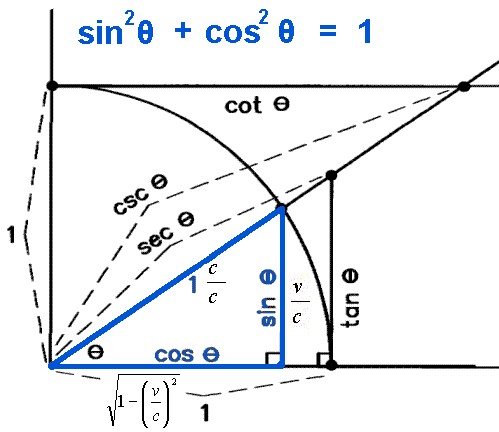- Joined
- Oct 16, 2007
- Messages
- 1,886
- Reaction score
- 11
- Points
- 0
- Location
- USA-WA
- Website
- www.orbiter-forum.com
I meant that I could have a generic vessel class, "Dynamic object", create a vessel of that class on the ground, in the focus vessel's FOV, and load a tree mesh for it, so that vessel simulates a tree scenery.
That sounds cool,
Is that why you wanted to know distance? like if the dg was 5 km away it will display the vessel?




